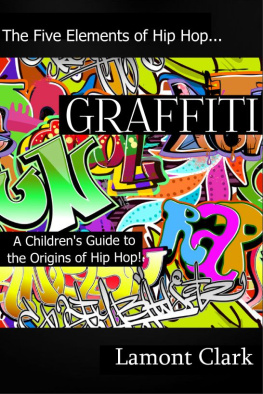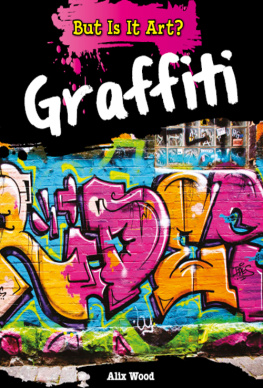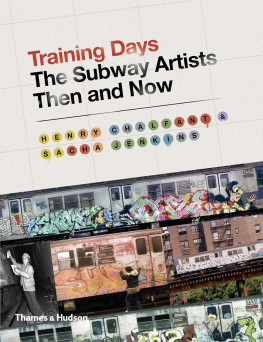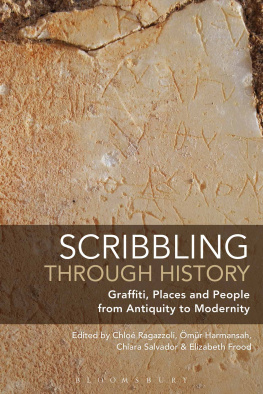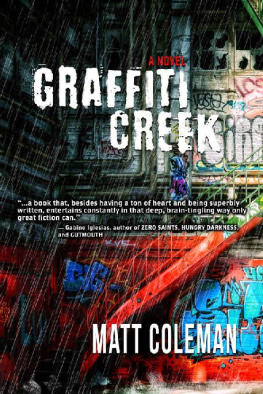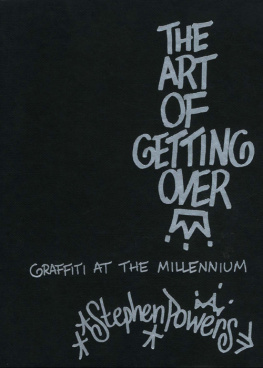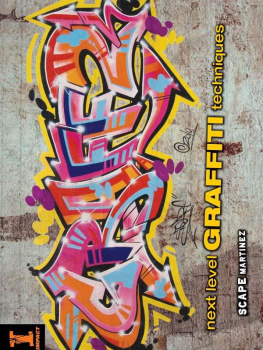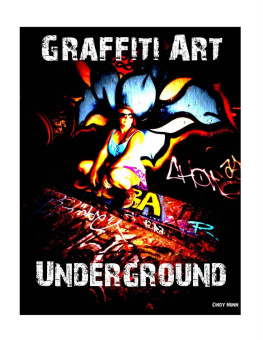Graffiti
A Childrens Guide to the Origins of HipHop
Lamont Clark
Published by 70 West Press
Copyright 2013 Lamont Clark
Smashwords Edition
Foreword
This book was createdfrom and for my love of Hip Hop,with my sons, nephew, and niece in mind.
Table ofContents
The word graffiti comes from the wordgraffito which meansscribbling in Italian. Many people think that graffiti is justdrawing symbols, images, or words on private or public surfaceswithout permission, but it is much more than that.
The originators of the art form here in theUnited States didnt call what they did graffiti, they simplycalled it writing. The name graffiti was coined in 1971 by TheNew York Times newspaper when they did an article on a writer namesTaki 183.
Because of its origins, Graffiti has beenconnected with the other elements of Hip Hop, but it really wasntuntil 1981 when the movie Wild Style was created that thefinal linking between MCing, DJing, B-Boying, and Graffiti werefirmly established.
This isnt to say that they werent alreadyconnected. Growing up in New York during the 1970s many of the samekids who DJed, MCed, or B-Boyed, may have also been Writers (wewill call them Graffiti Artists). So the connection was alwaysthere. Its just that DJing, MCing, and B-Boying was consideredperformances, but Writing was considered a crime.
This is the story of the origins ofwriting, better known as Graffiti.
Before the invention of paper, there was whatmany call rock art, cave art, or cave drawings. Thesedrawings were done for not only for decoration, but to communicatemessages to people.
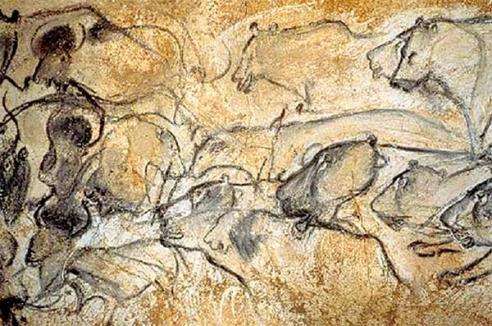
Chauvet Cave
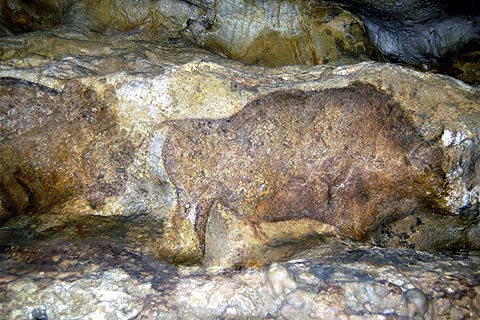
Font-de-Gaume
Many of the words ancient cultures have beenknown to have had graffiti in their cities. Archaeologists havefound graffiti on the walls of Pompeii, and ancient city of theRoman Empire.
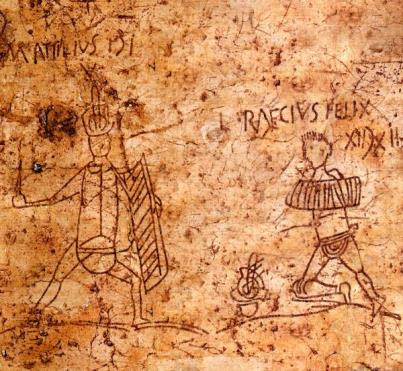
Roman Graffiti
Although the ancient Egyptians inventedpapyrus (which was a thin, paper-like material), their hieroglyphwas one of the most intricate writings and drawings that could befound on walls.
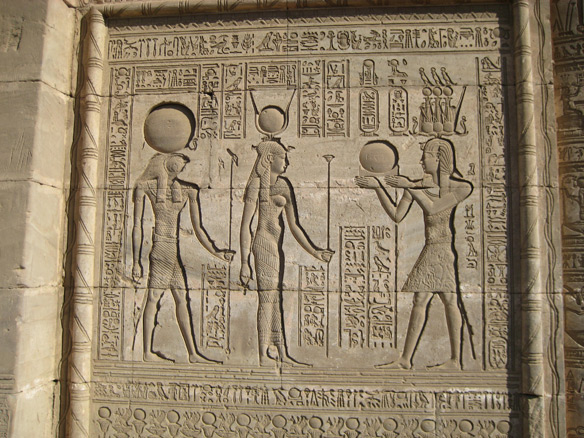
Hieroglyphs in Luxor, Egypt
Most people associate modern graffiti withNew York City, because some time during the late 1960s street gangsin New York would mark their territory by writing it on walls intheir neighborhoods, but the first people not affiliated with agang to actually begin tagging (writing your name) on walls andother places were Darryl CornBread McCray and Cool Earl wholived in Philadelphia, Pennsylvania.
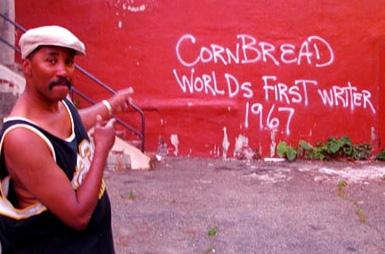
CornBread
After CornBread and Cool Earl began writingtheir name all across Philadelphia, scrawled their names all overthe city, a guy who called himself TOPCAT 126, also fromPhiladelphia, moved to New York around 1968 and began tagging.Around this same time Julio 204 was also tagging, and it becamemore and more popular in New York.

Julio 204
Tagging became so popular in New York, thatthe newspaper The New York Times wrote an article about a graffitiartist named TAKI 183. After that article, graffiti became evenmore popular, and graffiti artists began to try to outdo eachother. Because there were now so many people writing, people beganfiguring out different ways to set themselves apart. They would usedifferent types of calligraphy or script, as well as put differentdesigns on their name to make their tag unique.
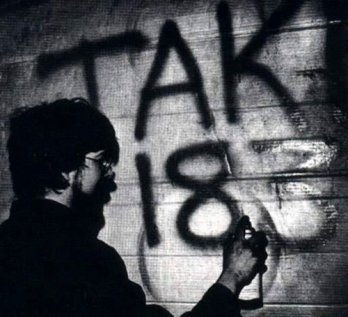
Taki 183
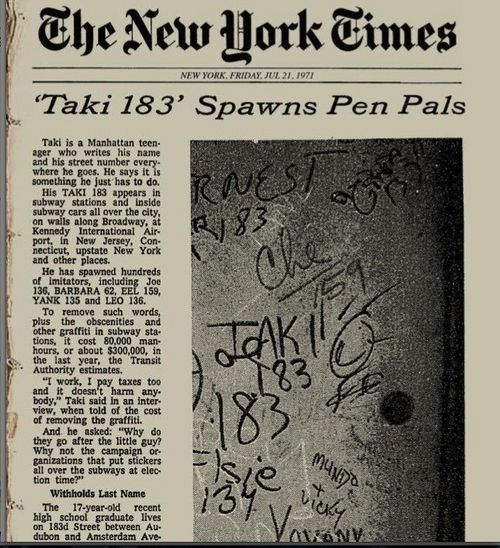
New York Time Article
At this time graffiti artists were mainlytagging around town. They would try to get as many hits(writing their signature in different places) as they could. Thepeople who had the most hits across the city became known asKings. In New York you could also be All City which meant thatyour name was written in each of the five boroughs of New York City(Bronx, Brooklyn, Manhattan, Queens, and Staten Island). Then camebombing, where they would blanket a park bench, a wall, or asubway car with their name.
After bombing graffiti artists started doingpieces, short for masterpieces, which was a really big art piece.Many graffiti artists began doing their pieces on New York Citysubway cars because the subway moved all throughout the city, andpeople would see their art wherever the subway traveled. Manypeople credit Super Kool 223 and WAP as being the first peopleto actually do pieces on subway cars.
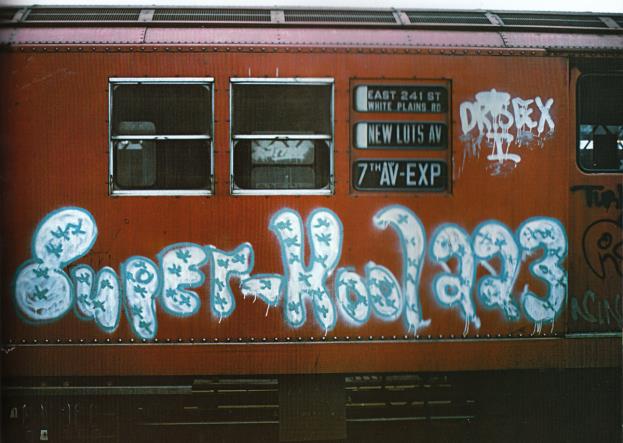
Super Kool 223
Artists were creating styles of writing thatwere used by other artists in their pieces. Artists such as Phase 2is credited for creating Bubble lettering, Tracy 168 is creditedwith creating Wild Style, and Case 2 is credited with creatingComputer lettering.
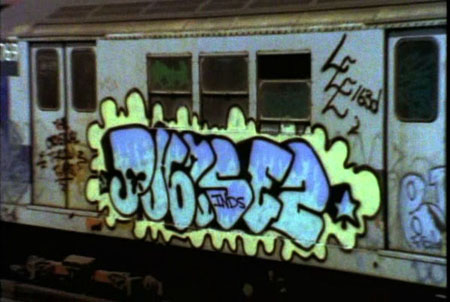
Phase 2
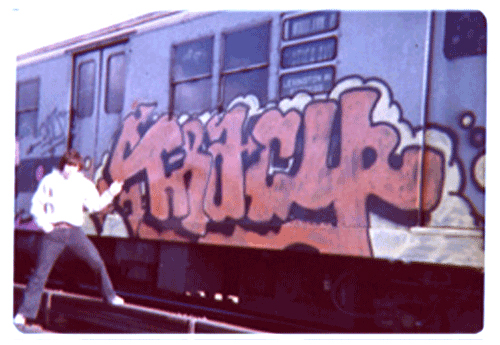
Tracy 168
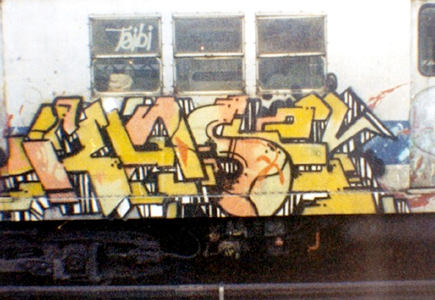
Case 2
Artists such as Cliff 159 and Blade One tookpieces to a higher level by adding the elements of cartooncharacters to their works.
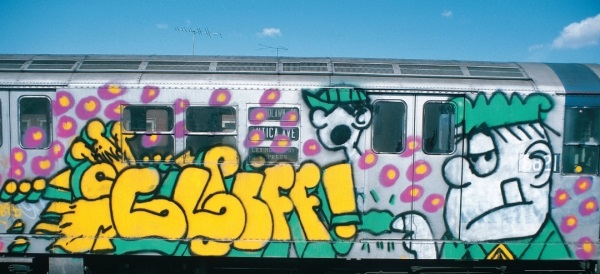
Cliff 159
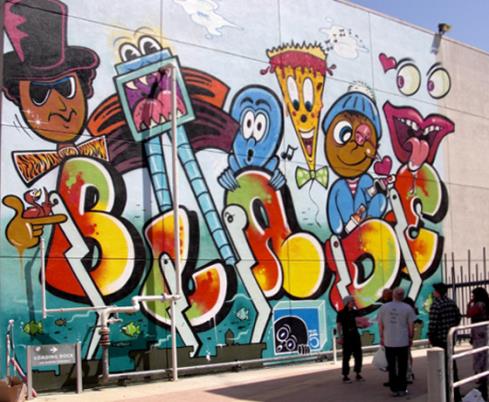
BLADE

